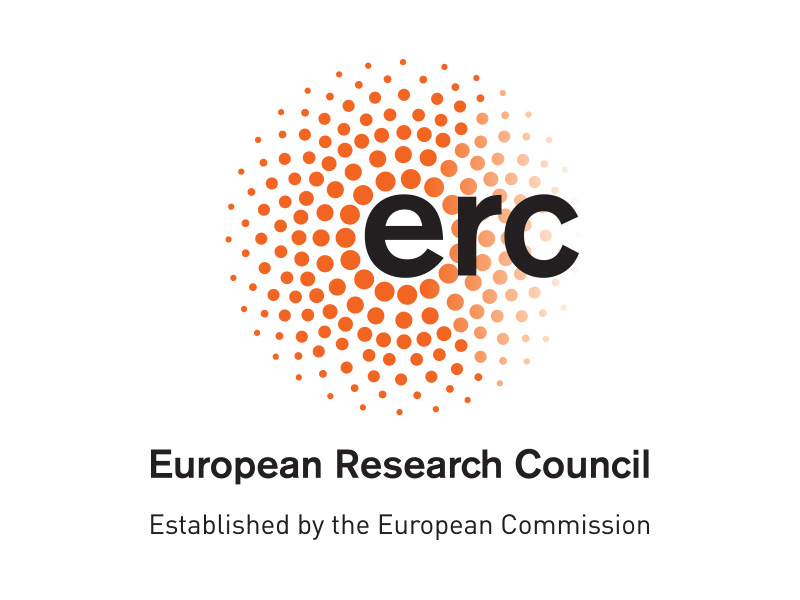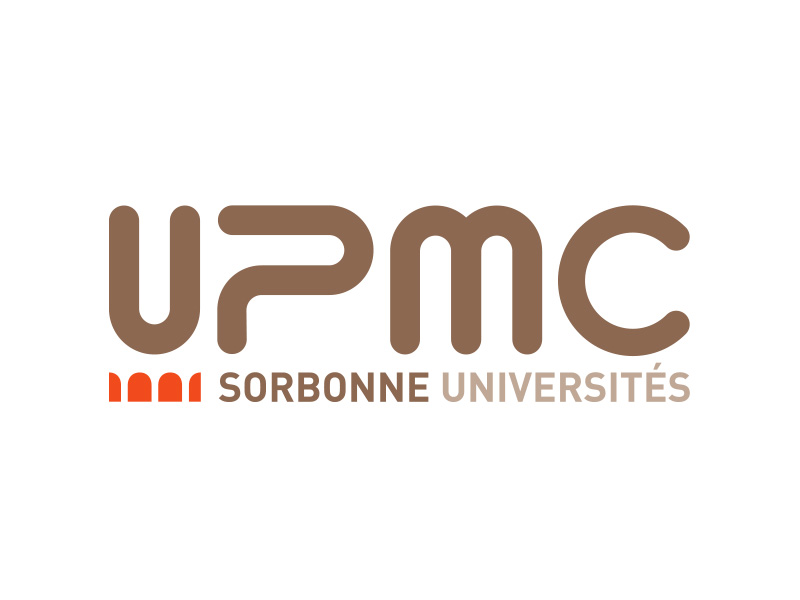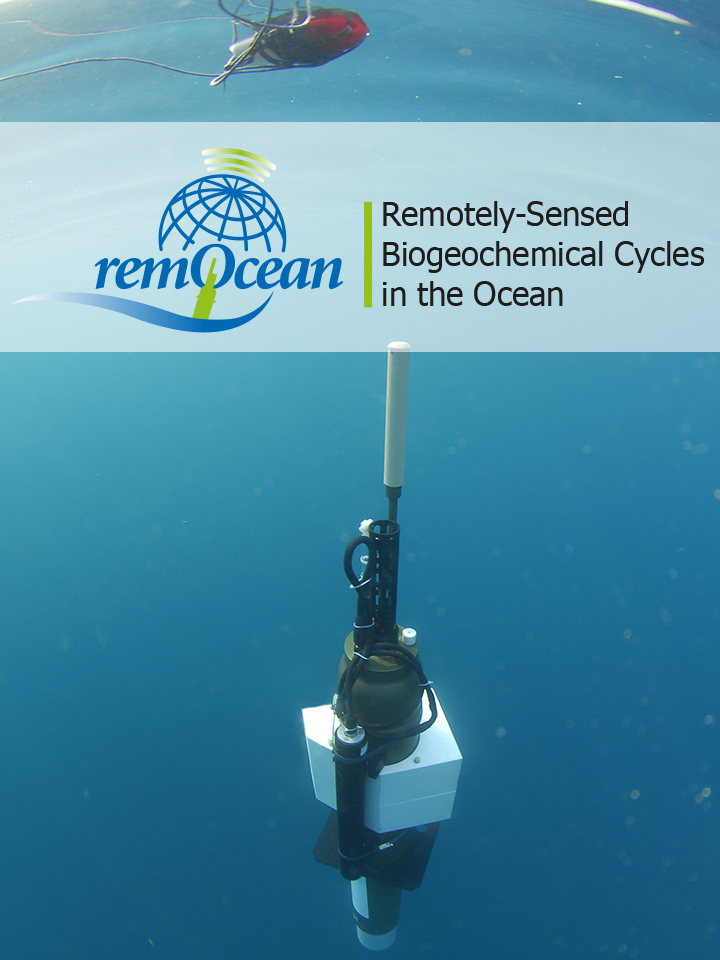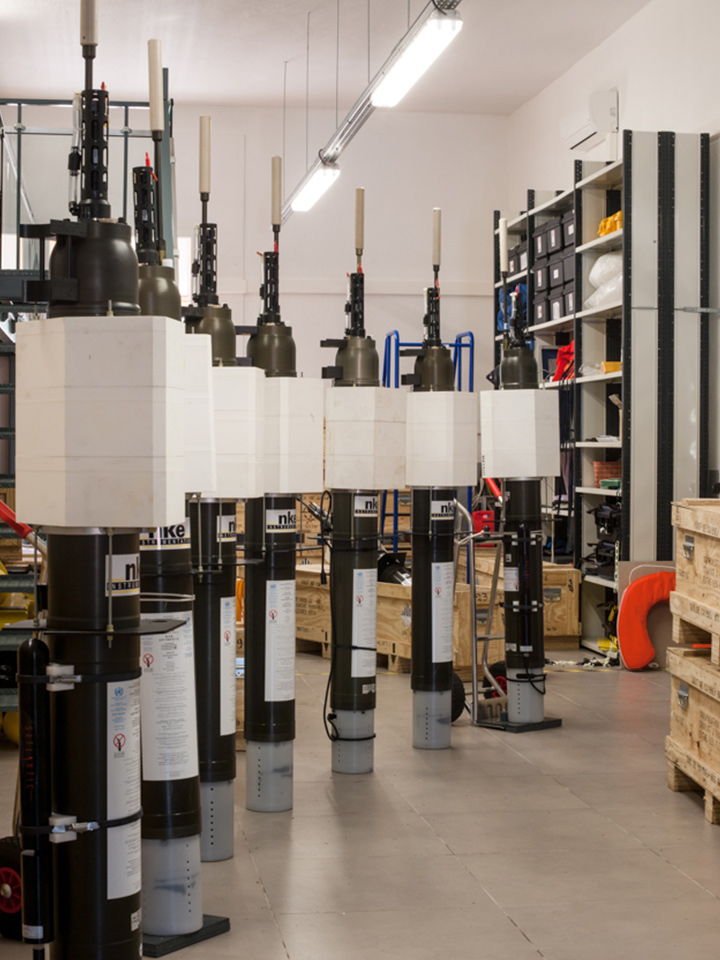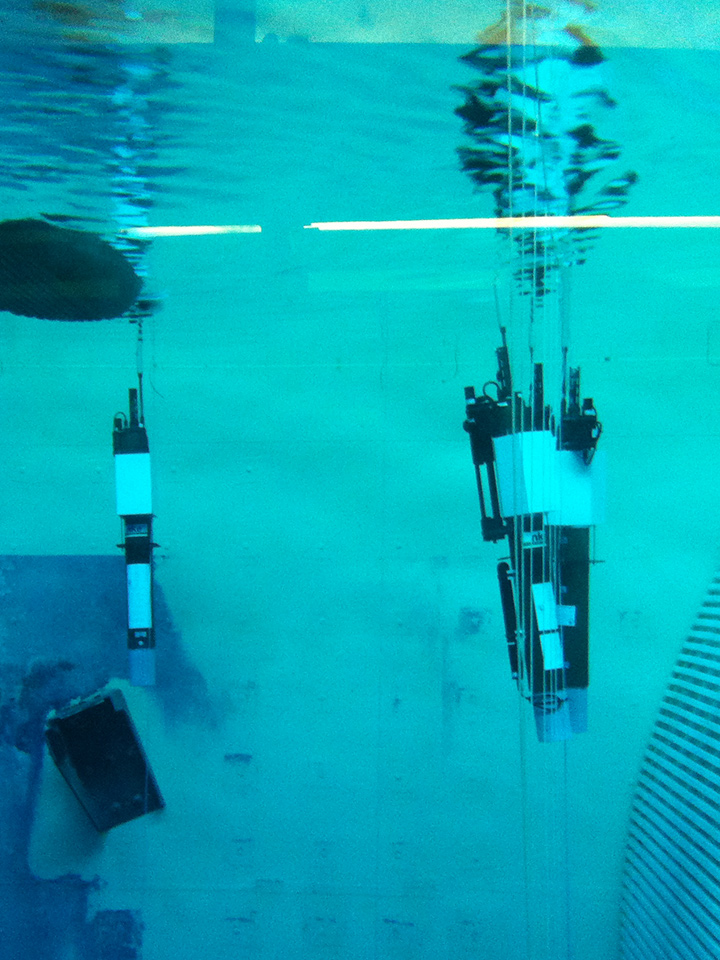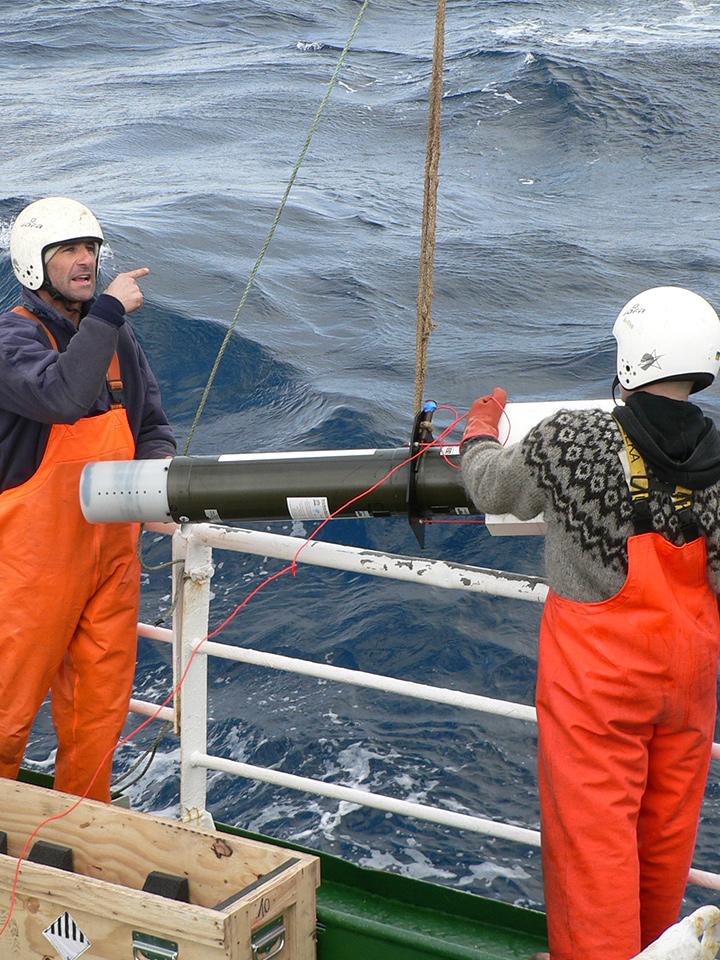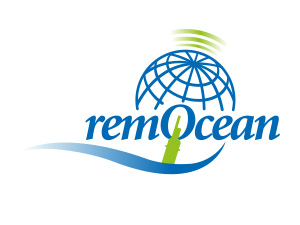ERC - European Research Council. remOcean is funded by the European Research Council « Advanced grant »
Due to global change and ocean response to climatic and anthropogenic forcing, it has now become critical to improve our understanding of biologically mediated carbon fluxes and to reduce the uncertainties in their estimates. At the root of much of the present uncertainty in carbon budget is the scarcity of data. Based on state-of-the-art remotely-operated observation techniques (profiling floats and satellites) and bio-optical modeling, remOcean aims at addressing the causes of variability in the so-called biological oceanic pump within key oceanic areas, mainly the north Atlantic sub-polar gyre, subtropical gyres of the Atlantic and South Pacific and the Southern Ocean.
remOcean is implemented along five main objectives:
- Objective 1. Developing and testing of profiling floats. The remOcean team elaborates the specifications of the instrumentation. This includes test series of profiling floats equipped with specific miniaturized sensors that measure physical (e.g. temperature and salinity), chemical (e.g. oxygen and nitrate) and bio-optical (e.g. density of particles and chlorophyll quantity) properties of the Oceans.
- Objective 2. Deploying the profiling floats & data management : The autonomous platforms will be deployed in oceanic key areas to explore and observe their biogeochemical characteristics. Therefore, the project addresses the North and South Pacific, the North and South Atlantic as well as regional seas such as the Mediterranean. Once in place, the profiling floats communicate in real time the acquired data. After an adequate treatment of the raw data, the datasets will be archived to facilitate access and availability for the scientific community.
- Objective 3. Building a 3D vision of biogeochemical properties of the Ocean: Based on the observation that the Ocean surface is as blue as it is poor in phytoplankton, scientists transform this information obtained by satellites in worldwide maps of phytoplankton concentration. Combing and analyzing such ocean color data remotely sensed by satellites with the corresponding data of profiling floats, the project remOcean aims to complete the observations with vertical data of the water column, where the satellite cannot “see” anymore.
- Objective 4. Establishing regional carbon budget: This activity aims to contribute to a better understanding the role of phytoplankton in the carbon cycle. Since phytoplankton is the first organism in the Ocean that transfers “physical” energy in vegetal material and, therefore, is at the very beginning of the food chain, this knowledge is essential in the context of a pluri-disciplinary research on environmental change.
- Objective 5. Dissemination and outreach: Using high-tech equipment and addressing scientific questions to which the wider public is particularly sensitive, a further objective is to present some physical and technical background, science topics and main results in a comprehensive way. The remOcean team seeks the interaction and communication also with the non-scientific community.


